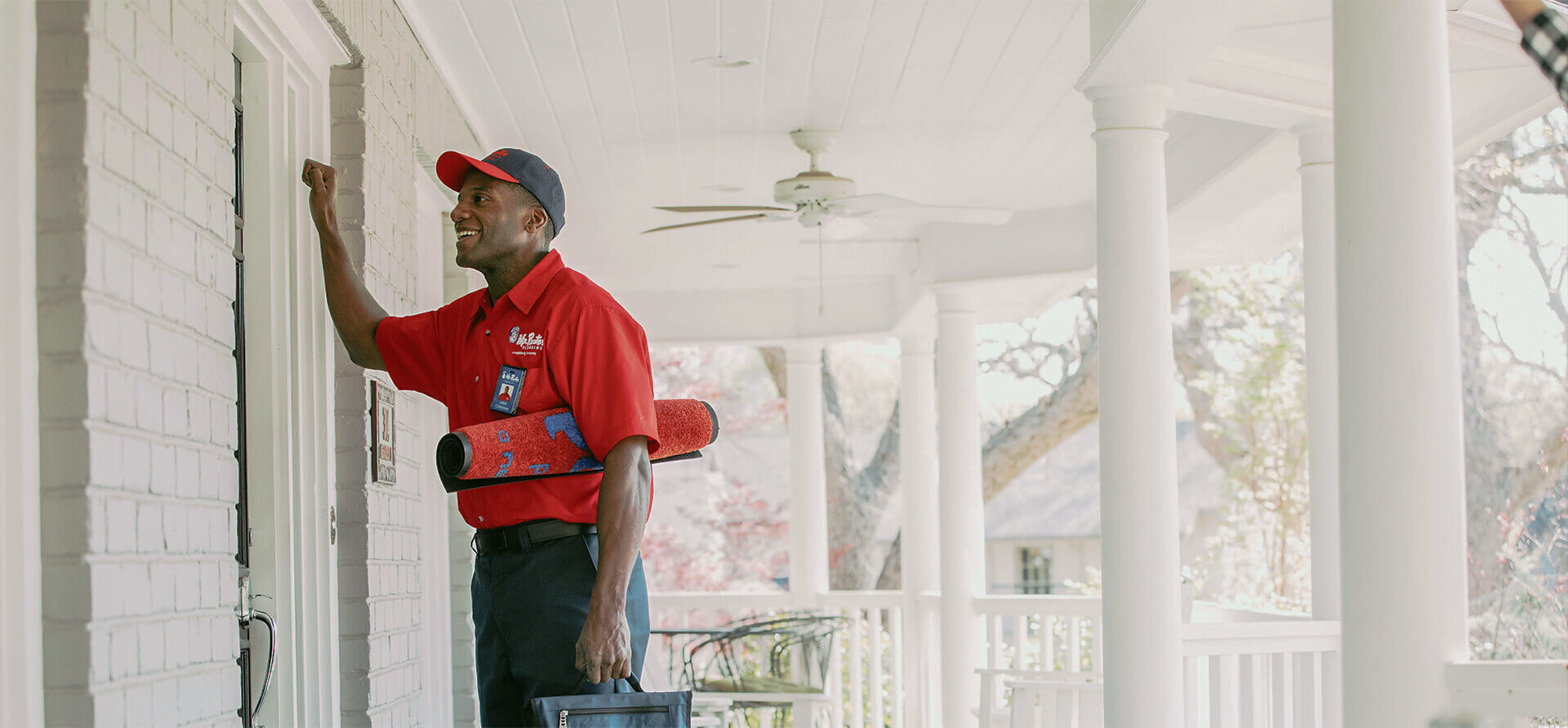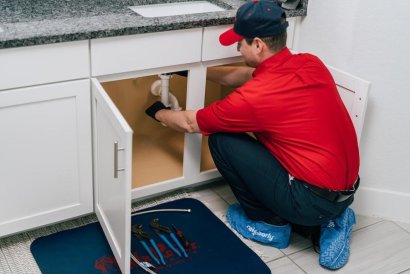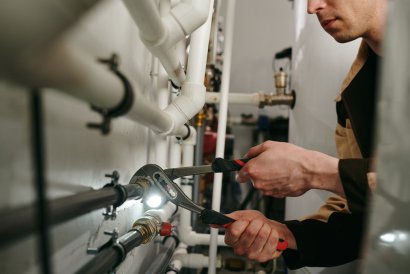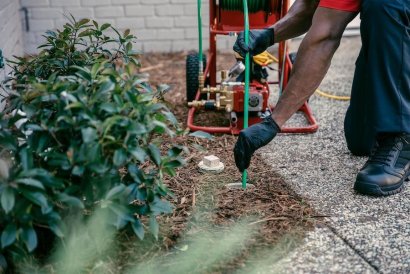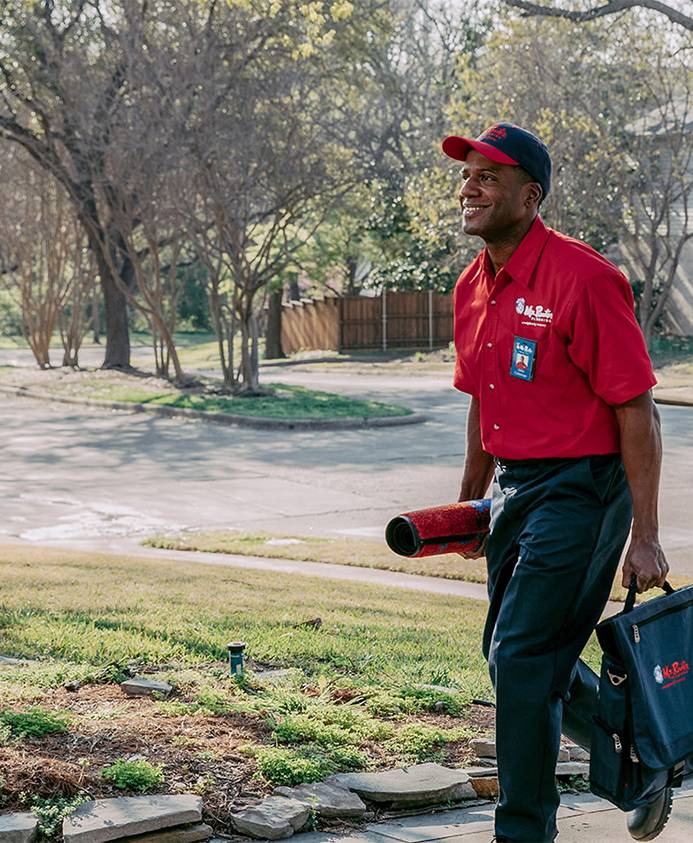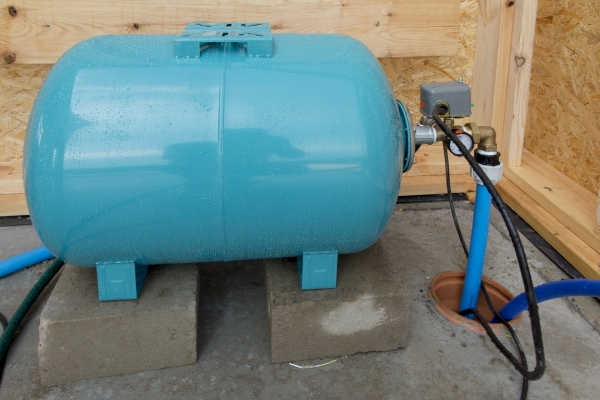A well pressure tank is an integral part of a well system, alongside the pressure switch and the pump. The tank provides a reservoir for storing pressurized water and helps regulate and maintain consistent water pressure in the distribution system. When water is drawn from the tank by opening a faucet or using an appliance, the drop in pressure signals the well pump to turn on and replenish the tank with more water.
If you have a well water pressure tank, it’s essential that you know the common pressure tank problems and what you can do to fix them. In this blog post, Mr. Rooter Plumbing discusses common water pressure problems and how you can troubleshoot them.
Over time, the pressure tank can become waterlogged, meaning there's too much water inside, reducing its ability to store air and maintain pressure.
What you can do: To address this, you can drain and recharge the tank. First, turn off the power to the well pump, then open a faucet to release pressure. Use an air compressor to add air to the tank through the air valve until it reaches the recommended pressure level. Close the valve, turn the power back on, and the tank should function properly. If you’re not sure how to go about this process, call a nearby plumbing service for help.
If the pressure tank contains no water, it may not provide sufficient pressure when you turn on a faucet or appliance.
What you can do: Ensure the well pump is operational. If the pump is running but no water enters the tank, there may be an issue with the pump or the well itself. Consult a skilled plumber for a thorough inspection and potential repairs.
- Malfunctioning Well Pressure Switch
A malfunctioning pressure switch can lead to erratic pressure levels and cycling of the well pump.
What you can do: Check the pressure switch for proper settings and connections. Adjust the switch if necessary, or have a plumber in Voorhoes Township replace it if it's faulty.
- The Check Valve Stops Working
The check valve prevents water from flowing back down the well when the pump is off. If it fails, you might experience a loss of pressure.
What you can do: Inspect the check valve for damage or debris. If it's malfunctioning, replace it to maintain proper water flow.
- Leaking Water from the Well Pressure Tank’s Air Valve
A leaking air valve can result in pressure loss and an inability to maintain consistent water pressure.
What you can do: Tighten or replace the air valve to prevent air loss. If the problem persists, consider calling in a professional plumber to address any underlying issues.
A noticeable change in water quality, such as cloudiness, odor, or discoloration, can indicate well problems or mineral buildup in the pressure tank.
What you can do: Test your water for contaminants and consult a water quality specialist to address potential issues like bacterial contamination, mineral buildup, or well deterioration.
How the Skilled Plumbers at Mr. Rooter Plumbing Can Help
If you’ve observed any problems with your well water pressure, it means your pressure tank needs to be serviced. Whether it is a sudden drop in water pressure or fluctuating water pressure, you need to reach out to a reputable plumbing service for a comprehensive inspection. Here at Mr. Rooter Plumbing, we have the expertise, experience, and specialized tools to troubleshoot common pressure tank problems and make the necessary repairs. Do not hesitate to contact us when you need pressure tank repair.


